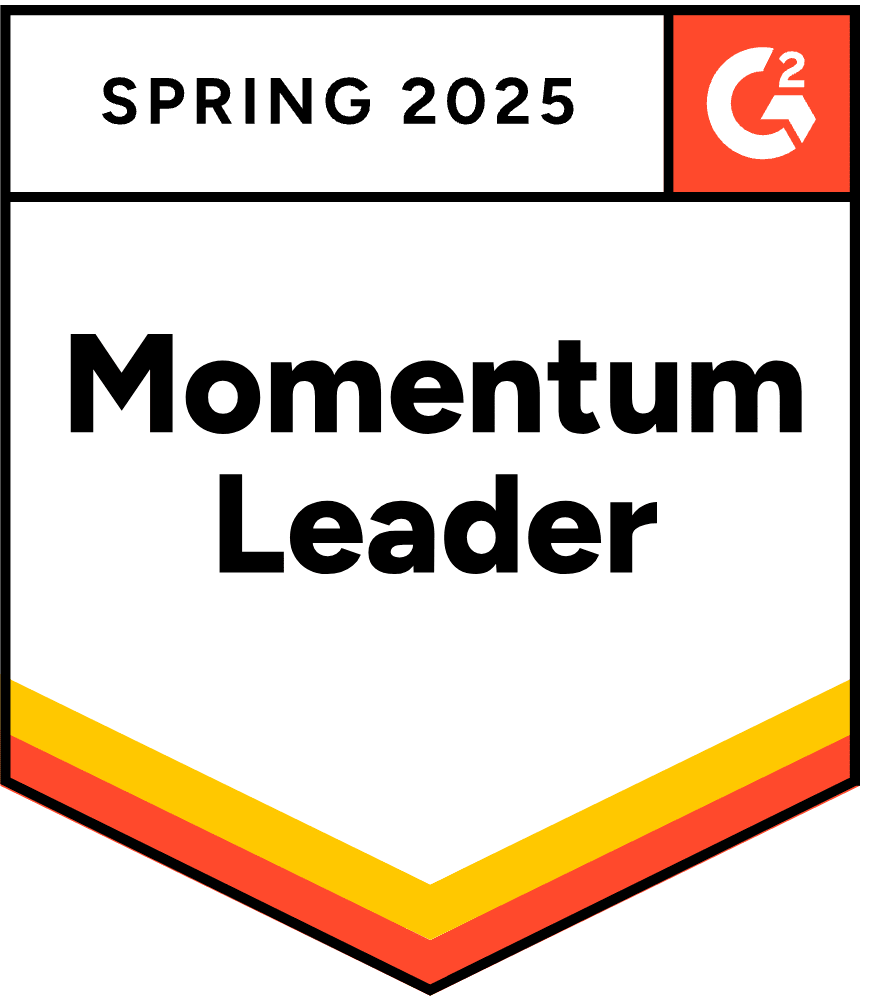Effective team communication is easy enough to picture: clear articulation of tasks, proactive ownership, and all members feeling safe to take risks and bring their best. Meanwhile, in the everyday grind, redundant comments, vague goals, and mounting frustration might sound more relatable— all challenges that can take on a new dimension when spread across time zones and working cultures.
Poor workplace communication can lead to a tense atmosphere, low-quality output, confused stakeholders, and upset customers. In contrast, when teams communicate effectively, they make fewer mistakes, uphold a better working environment, and foster a culture of trust.
Of course, good communication takes work and consistent effort over time. Identifying common barriers to effective communication is the first step to overcoming them. To start, we’ve outlined a few guidelines that you can easily implement in the day-to-day to clear away common blocks.
Transform your workforce with effective language training
Discover how tailored corporate language learning programs can enhance communication and collaboration in your organization.
Common Blocks to Effective Team Communication
Effective communication is essential for any team’s success, yet various blocks can impede this process. Understanding these common barriers is the first step toward overcoming them.
Misunderstandings
Misunderstandings often arise from assumptions or incomplete information. When team members interpret messages differently, it can lead to confusion, frustration, and conflict. For example, a simple directive may be understood in various ways, resulting in inconsistent actions and outcomes. To mitigate this, it is crucial to encourage clarification and follow-up questions, ensuring everyone is on the same page.
Lack of Clarity in Messaging
A lack of clarity in messaging can create significant obstacles in team communication. Vague language, jargon, or overly complex explanations can lead to misinterpretations. When messages are not straightforward, team members may struggle to grasp the intended meaning, causing delays and errors in their work. To combat this issue, strive for clear, concise communication and consider summarizing key points to reinforce understanding.
Emotional Barriers
Emotional barriers, such as fear and anxiety, can significantly hinder open communication. Team members may hesitate to express their thoughts or concerns due to fear of judgment or negative repercussions. This reluctance can stifle creativity and innovation, as individuals may hold back valuable insights. Creating a supportive environment where team members feel safe to express their emotions and ideas is essential for fostering effective communication.
Cultural Differences
In diverse teams, cultural differences can present unique challenges to communication. Variations in communication styles, values, and social norms can lead to misunderstandings. For instance, some cultures prioritize direct communication, while others may favor a more indirect approach. Being aware of and respecting these differences is crucial for promoting inclusivity and ensuring that all team members feel valued and understood. Training on cultural awareness can help bridge these gaps.
Over-Reliance on Technology
While technology offers numerous tools to facilitate communication, an over-reliance on digital platforms can create barriers. Miscommunication can occur through emails or messaging apps, where tone and intent may be lost. Additionally, excessive screen time can lead to disengagement and a lack of personal connection among team members. Striking a balance between technology and face-to-face interactions is vital for maintaining effective communication within the team.
How to Overcome Team Communication Blocks
1. Articulate your meeting goals
Too many stakeholders, running past time, and information overload are often the hallmarks of bad meetings. By the end, we usually still have questions, and the next steps seem uncertain. Once again, a lack of clarity has ruled the day.
Although poor communication habits can sometimes feel too ingrained to undo, planning group conversations as you might do for projects can be a powerful tool for change. A small example would be sketching out clear bullet points together of what you want to discuss. Check in with your teammates whether anything is missing on the agenda or simply out of place.
Slowing down and getting intentional about what topics your colleagues want to raise can help ensure consistent alignment from beginning to end and clear communication that lasts beyond the meeting slot.
2. Use less jargon
While expressing insider knowledge through specialized terminology can sometimes help work at a high level, choosing concise and straightforward language can often be the most efficient way to communicate.
Jargon also creates barriers between teammates from different linguistic backgrounds and can be off-putting for new hires or trainees just joining your team. Using clear and simple words is not a sign that little thought went into them: quite the contrary, the work of whittling down complexity is a delicate task and a skill you can carry straight to your client base.
3. Reflect on the right time and channel for each topic
Remote work links the channels for communication to particular software and tools. Effective team communication involves all the usual components that would likewise be important in person at the office, such as timing, choice of words, and transparency from management. However, the medium takes on added importance online, and finding the right channel can be vital to effective team communication in a remote-work context.
Every project may differ, but management can create universal standards for their teams. It might be best to use Slack for less formal but high-priority exchanges and email for important information. You may need to formalize agreements in writing or decide whether to discuss project developments one-to-one or at a meeting. Team leads can select the best-fitting medium on a case-by-case basis, but consistent direction is key to effective team communication.
Upskilling in Communication: Employee Learning and Development
As well as small actions in the everyday that can take place between teammates, it is likewise a consideration at the level of strategy to offer training in communication as part of your company’s larger learning and development program. We’ve broken it down here between soft and hard skills that each play a vital role in communication.
Hard Skills: Close linguistic gaps with corporate language training
As remote work accelerates and markets expand through e-commerce, business-as-usual becomes even more internationalized. For some workplaces, multilingual and intercultural communication will already be an active focal point for employee training and development, striving to keep on the right track. For others, more team and client bases distributed worldwide can pose unfamiliar challenges that may take new tools and strategies to address.
In any workplace, miscommunication is a daily risk — and with customers and staff coming from multiple language backgrounds, the chances for misunderstanding are even more complex. At the same time, the possibility for mutual enrichment through diversity and inclusion is greater as well.
Some mistakes might be simple: a typo in the marketing copy or slower meeting and communication time as staff adjust to speaking a newly implemented company language. Other errors might be more sensitive, such as an unintentionally brusk or overly casual tone in the second language that can lead to a bit of tension that might be hard to place.
Employee learning and development strategies such as corporate language training can be a possible solution to build employee confidence, develop more effective team communication in email and meetings, and improve international communications through business English.
Though on a CV, knowing a foreign language is often listed as a “hard skill,” language learning requires developing essential “soft skills” as well. Comfort with public speaking, giving or receiving feedback, and making mistakes are competencies that language learning builds implicitly. Other teammates offering encouragement and patience for teammates with a lower level or different competencies in the company language can also be a vital aspect of a positive environment at work.
Soft skills: Work on active listening as well as public speaking
Effective team communication is a two-way street, and listening is just as essential as speaking. Encouraging feedback can help your team feel comfortable getting clarity on grey areas and pick up on misunderstandings before they become a problem.
Active listening is a soft skill that can be hard to master, involving a great deal of subtlety that might differ between cultures and communicative styles. Speaking and listening skills become even more challenging to fine-tune in remote video calls, where there can be unexpected barriers such as technical problems. A few key tactics can help teammates reassure each other that the lines of communication are open, such as:
- Single-tasking: let the conversation itself be the focus
- Maintaining eye contact and giving physical cues
- Avoiding interruption by raising a hand to queue
- Summarizing the speaker’s message back to them
- Asking clarifying questions if necessary
Beyond the already difficult task of facilitating a smooth exchange of speaking and listening, a multilingual workforce might sound like it could invite another layer of complexity. It’s worth noting however that language learners as well as those who have already mastered second and third languages engage in active listening and regularly practice in a heightened way each time they hold a conversation in the target language.
Multilingualism is not only an asset to your team to do business across borders, but also enriches the interpersonal skills that enhance productivity and lead to effective communication across the team.

Ready to see our solutions in action?
Schedule your personalized demo today and discover how we can elevate your team’s learning experience!







